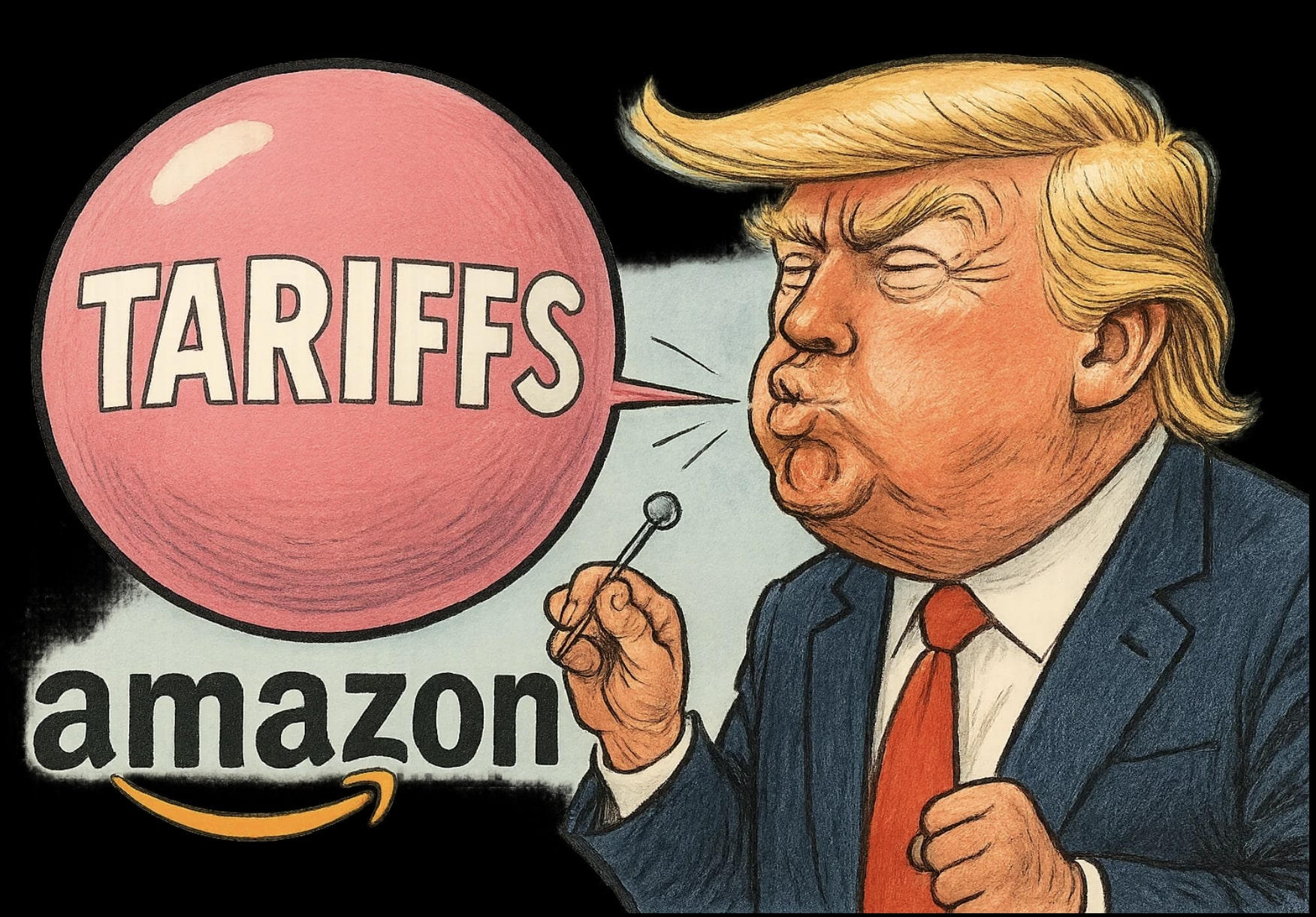What factors make PFFA ETF a strong choice for income investors despite the market volatility and recent dip?
The Virtus InfraCap U.S. Preferred Stock ETF (NYSEARCA:PFFA) has faced a challenging 2025, with its value dropping by approximately 10% year-to-date (YTD). However, this decline, while notable, has positioned PFFA as one of the more attractive high-yield income investments in today’s market. With the ETF now offering a 10.3% dividend yield, a significant increase from earlier in the year, it’s essential to evaluate whether this high yield is sustainable and how it fits into broader investment strategies.
Understanding the Role of Preferred Stocks in PFFA ETF
At the core of PFFA ETF is its preferred stock portfolio. Preferred stocks, while equity securities, have unique characteristics that make them more stable compared to common stocks. They rank higher in the capital structure, meaning they have priority when companies pay dividends or in liquidation events. This fundamental advantage makes PFFA a more attractive investment for income-seeking investors, especially in volatile markets.
When preferred stock dividends are unpaid, companies often face restrictions that can harm their access to credit or raise their cost of capital. This creates strong incentives for companies to keep up with preferred stock dividend payments, further enhancing the safety of PFFA’s dividends. This high priority in the capital structure provides a level of protection that is more robust than what common equity investors enjoy, making PFFA ETF a relatively safer choice for those seeking consistent income.
However, PFFA ETF is not without its risks. One challenge with preferred stocks is the potential for “call risk.” Many of the preferred shares held by PFFA include embedded options allowing the issuers to call back the securities at a predetermined price. In a favorable interest rate environment, this can limit PFFA’s ability to capture additional income from its preferred shares. Fortunately, PFFA’s exposure to this risk is somewhat mitigated by the current economic conditions, where businesses are unlikely to redeem these preferred shares due to the cost of capital and other financial considerations.
A Sector Breakdown: How PFFA ETF is Positioned Amid Economic Changes
Approximately **40% of PFFA’s holdings are in the real estate sector, which is a significant advantage given the current market conditions. Real estate investments have historically done well in low-interest-rate environments, and with the U.S. 10-year Treasury yield coming down YTD, real estate assets are benefiting. PFFA’s real estate holdings, primarily in REITs (Real Estate Investment Trusts), have been more resilient than the broader market. While the S&P 500 (SPY) has faced a decline of approximately 15% this year, REITs and real estate assets have fared better, showing just a modest decrease.
The real estate sector benefits from low borrowing costs, as many real estate companies rely on financing via long-term debt at rates that are highly sensitive to movements in the U.S. Treasury market. As interest rates drop, the cost of financing for real estate firms decreases, enhancing their profitability and ability to service their debt. This bodes well for PFFA ETF, as its large allocation to real estate provides stability and potential upside if the interest rate environment remains accommodative.
Moreover, PFFA ETF’s exposure to industrial and utility sectors, which are also interest-rate sensitive, adds further to its resilience. These sectors thrive in low-rate environments as the cost of borrowing for infrastructure projects and utility companies declines. This adds a layer of diversification to PFFA’s portfolio, which can help buffer against market volatility caused by factors like tariffs and inflation.
The Interest Rate Outlook: How It Impacts PFFA ETF
One of the key drivers for PFFA’s future performance is the interest rate outlook. PFFA ETF utilizes 20% - 30% external leverage to enhance its yield. This leverage amplifies the potential returns but also exposes the ETF to risk if rates rise unexpectedly. However, with the Federal Reserve’s increasing likelihood of reducing interest rates—now a 60% probability of a rate cut by May 2025—this could significantly benefit PFFA ETF. If rates are reduced, the cost of borrowing for PFFA will decrease, improving its leverage position and increasing its net income.
Furthermore, if the Fed cuts rates, the price of preferred stocks—which typically trade like bonds—would likely rise, benefiting PFFA’s portfolio and boosting the value of its holdings. Lower rates would also reduce the risk associated with call risk, as businesses would be less inclined to redeem preferred shares when borrowing costs are low. Thus, PFFA ETF stands to benefit both from a reduced cost of borrowing and the appreciation of preferred stock prices in a declining interest rate environment.
The 10.3% Yield: Is It Sustainable?
PFFA ETF’s impressive 10.3% dividend yield is the result of the recent drop in price combined with consistent dividend payouts. Given the structure of the ETF and its focus on preferred shares, which provide a relatively stable source of income, the sustainability of this yield is strong. PFFA ETF’s dividend distribution is supported by a combination of preferred dividends and capital appreciation, and there is little reason to believe that the yield is in jeopardy as long as market conditions remain favorable.
The ETF’s portfolio is not overly exposed to sectors that could experience significant downward pressure in the current economic environment. For example, while tariff wars and inflationary pressures could harm certain sectors, PFFA ETF’s focus on preferred stocks in real estate, utilities, and pipelines means that these sectors should fare relatively well. Real estate, in particular, is a key source of steady income, which PFFA ETF will continue to benefit from if the Fed proceeds with its rate cuts.
Opportunities for Income Investors: Buy the Dip
With PFFA ETF’s current price drop of 10% YTD, now is an opportune time for income investors to buy the dip. The combination of a high dividend yield and a strong underlying portfolio of preferred stocks makes PFFA a compelling choice for those looking to lock in stable, attractive income over the long term. The 10.3% yield, coupled with the potential for capital appreciation if the interest rate environment continues to improve, positions PFFA ETF as a solid addition to an income-focused portfolio.
PFFA ETF’s active management approach, which allows it to respond to changing market conditions, also sets it apart from more passive preferred stock ETFs. While PFFA does use leverage, its relatively conservative approach to leverage compared to other funds ensures that the ETF can remain stable in challenging markets. If interest rates continue to fall and the real estate sector continues to provide stability, PFFA ETF is likely to perform well and continue delivering its high yield to investors.
In conclusion, PFFA ETF offers a compelling opportunity for investors seeking stable income with a 10.3% yield. The combination of a robust preferred stock portfolio, strong active management, and beneficial macroeconomic conditions make PFFA ETF an attractive buy at current levels. Investors should consider adding PFFA ETF to their portfolios to capitalize on its high yield and solid fundamentals.

















